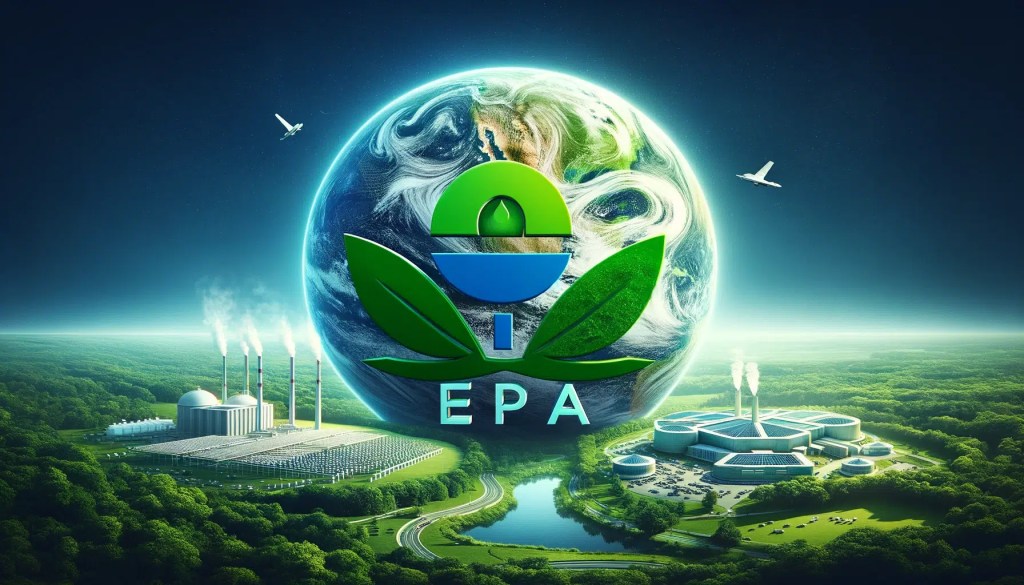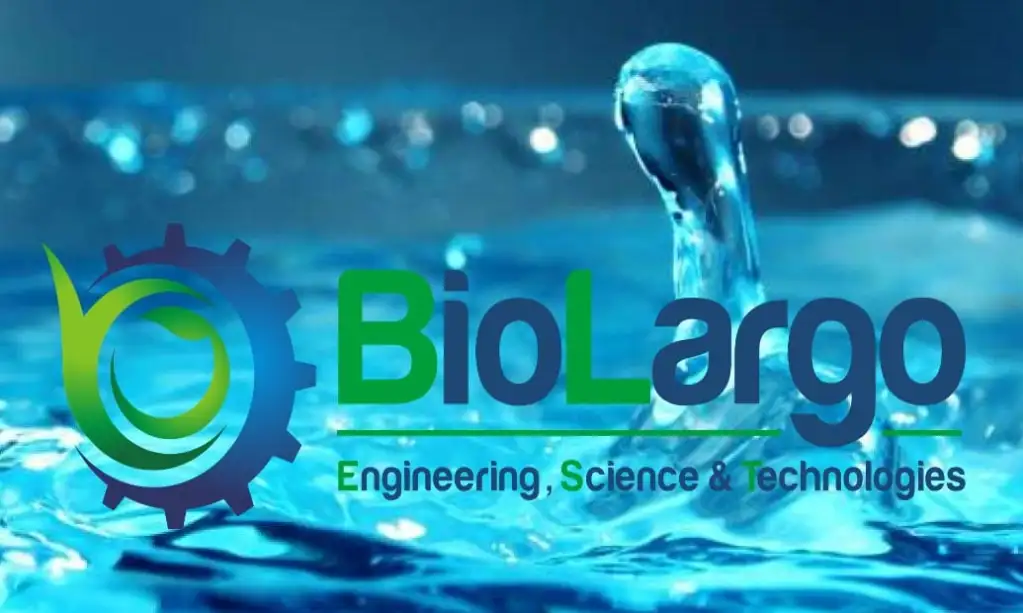The Fight Against PFAS: New National Standards and BioLargo’s Role
The Biden Administration is advancing toward establishing unprecedented national standards for regulating PFAS—”forever chemicals”—in U.S. drinking water.
The Office of Management and Budget has finalized its examination of the U.S. EPA’s ultimate regulation for managing and curtailing PFAS in potable water, paving the path for the agency to implement enforceable standards as soon as May, with a firm deadline set for September.

BioLargo Inc Stock Price Today | OTC BLGO Live Ticker – Investing.com
The Oncoming Wave of PFAS Regulation
This impending regulation aimed at controlling PFAS is poised to be among the most impactful advancements in drinking water policies in recent times.
Consequently, PFAS, short for per- and polyfluoroalkyl substances, are widespread synthetic chemicals found in many American water supplies. They’re linked to serious health issues, including heart disease, various cancers (kidney, liver, testicular), and heightened cardiovascular risks.
Therefore, the EPA has identified some PFAS, like PFOA and PFOS, as carcinogens with no safe exposure levels. Additionally, PFAS are associated with thyroid problems, diabetes, developmental issues, and childhood obesity. Alarmingly, over 95% of people have detectable PFAS levels in their blood.
See the introductory article of our BioLargo, Inc. (OTCQB: BLGO) series for necessary context related to our initiation of BioLargo, Inc,
 PFAS Challenges Continue to Garner National Attention
PFAS Challenges Continue to Garner National Attention
Challenges in effectively segregating and removing these substances during wastewater treatment have revealed that PFAS concentrations often increase post-treatment due to the inherent design limitations of these facilities in filtering out PFAS.
Furthermore, the complexity of PFAS chemistry, notably short-chain versions proving most difficult to eliminate, means that certain treatment processes can inadvertently lead to new PFAS compounds that, via contaminated groundwater and soils, can be reabsorbed by agricultural staples grown in fields, pastures, and gardens. Fertilizer, pesticide, and herbicide applications laced with PFAS further increase concentration levels and health risks for humans as well as for livestock and poultry.
PFAS: A Persistent Threat
Given that states like Maine, Michigan, New Mexico, and Texas are currently facing the most significant PFAS-related challenges. President Biden’s Bipartisan Infrastructure Law represents a monumental effort to combat contaminants like PFAS, allocating $9 billion over five years to support communities at the forefront of PFAS and other pollutant mitigation efforts in their drinking water systems. These federal allocations are managed through state-level water cleanliness agencies.
 A New Era of Federal Support
A New Era of Federal Support
To augment the agency’s PFAS directives, the EPA is allocating an unprecedented $9 billion, as part of President Biden’s Bipartisan Infrastructure Law, to specifically assist communities grappling with PFAS and other emerging contaminants in their drinking water. This funding encompasses $4 billion through the Drinking Water State Revolving Fund (DWSRF) and an additional $5 billion via EPA’s “Emerging Contaminants in Small or Disadvantaged Communities” grant initiative. States, Tribes, and communities can further leverage nearly $12 billion in DWSRF funds and substantial annual SRF funds aimed at enhancing drinking water safety. This monetary support will empower communities to make critical investments in solutions for PFAS removal.
While three PFAS treatment techniques — granular activated carbon, ion exchange, and reverse osmosis — are sanctioned by the EPA, each has its own set of pros and cons. Identifying the most suitable treatment method for a water utility’s specific source is crucial.
BioLargo’s Innovative Solution
 BioLargo, Inc.’s AEC reverse-osmosis method has proven the most effective in separating and eliminating PFAS, proving far superior to granular activated carbon (GAC) and ion-exchange approaches that result in higher waste volumes comprised of pure PFAS that then must be incinerated and subsequently contained. BioLargo, Inc.’s AEC method leaves little waste that is more easily disposed of without further risk of recontamination.
BioLargo, Inc.’s AEC reverse-osmosis method has proven the most effective in separating and eliminating PFAS, proving far superior to granular activated carbon (GAC) and ion-exchange approaches that result in higher waste volumes comprised of pure PFAS that then must be incinerated and subsequently contained. BioLargo, Inc.’s AEC method leaves little waste that is more easily disposed of without further risk of recontamination.
The company’s significant share volume and price action as of late highlights the smart money pouring in. As $BLGO continues to consolidate before the next move up, investors should consider taking a position as the company nears to commercially scaling up in time to accommodate new drinking water laws.
Consider the timing to be more genius than coincidence.
 About BioLargo, Inc.
About BioLargo, Inc.
BioLargo, Inc. (OTCQB: BLGO) is a cleantech and life sciences innovator and engineering services solution provider. Our core products address PFAS contamination, achieve advanced water and wastewater treatment, control odor and VOCs, improve air quality, and control infections and infectious disease. Our approach is to invent or acquire novel technologies, develop them into product offerings, and extend their commercial reach through licensing and channel partnerships to maximize their impact.
Also see some other recent highlights related to PFAS:
- President of BioLargo Equipment Solutions & Technologies, Inc., Tonya Chandler, recently responded to PFAS regulatory hearings in the U.S. Senate.
- MIT Engineers develop evermore advanced PFAS detection technologies.

